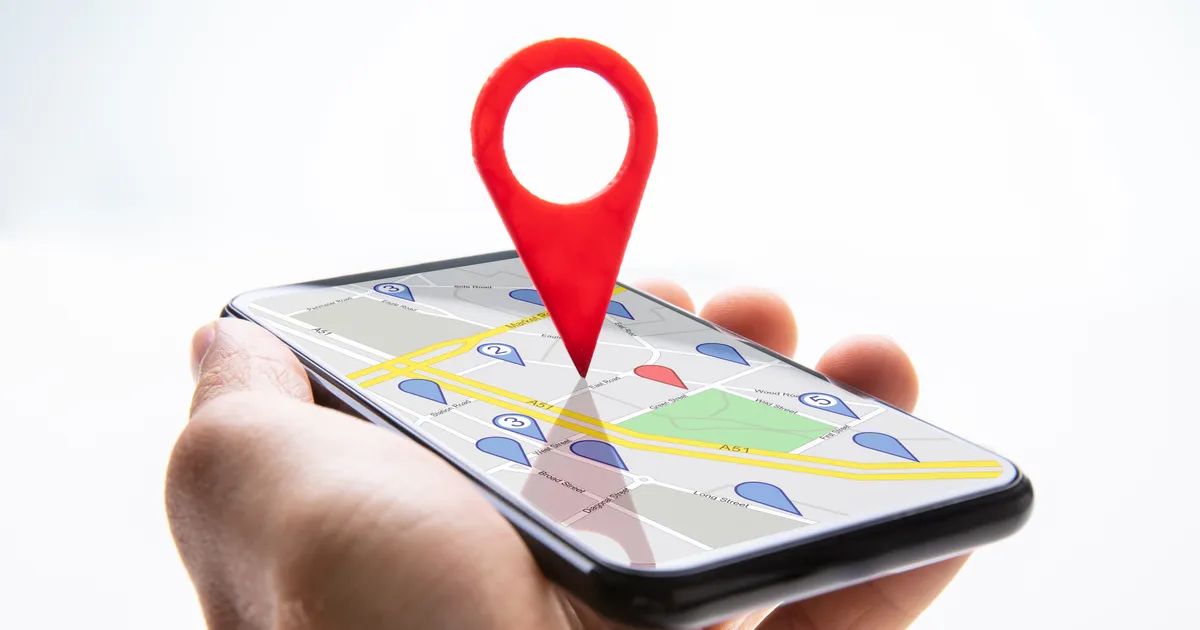- Starting a new business is rewarding, but requires a lot of work and just as much planning.
- Successful businesses have a business idea that solves a problem. It’s important to get feedback early on to ensure this is the case.
- Know your strengths and when it’s best to get help from someone more specialized, whether that be a business lawyer, a local business centre or a bookkeeper,
- In this article, we’ll outline the ten steps you need to take to give your business idea the best shot at success.
Starting a small business is a dream for many Americans. But with so many things to consider, most people feel overwhelmed and give up before they even begin.
Overthinking leads to inaction. If you’re serious about becoming your own boss, you need to break down the process into smaller, more manageable steps.
In this guide, we’ll go through the process of launching a small business step-by-step.
1. Find Your Business Idea
All businesses start with an idea. But all successful businesses solve a problem.
Gyms help people get in shape and boost their self-esteem. Google helps people search the internet and find solutions. Cosmetics brands help people feel confident and express their creativity.
Make sure that your business idea solves a problem and that people are willing to pay for your solution. The number one reason that new businesses fail is because of a lack of demand.
You need to find a common problem that people are willing to spend money on solving. The bigger the problem, the more money you will be able to charge people for your solution.
 Shutterstock
Shutterstock2. Get Feedback on Your Idea
Once you’ve got your business idea, the next step is to get feedback from the people that would be interested in buying your product or service. The goal is to identify ways you can improve your idea and verify the need for your solution.
It’s important to get impartial feedback. Support from friends and family can help you grow your business and stay motivated, but they are not the people you want to be asking for feedback.
Alongside feedback from potential customers, you can see if there is a small business development center in your city. These organizations have experienced in-house experts that can offer free advice and feedback on your business idea.
 Shutterstock
Shutterstock3. Create a Business Plan
You’ll need a detailed business plan if you want to apply for a bank loan.
Even if you’re bootstrapping, spending some time creating a business plan can help you get organized and focus on the things that matter most to the growth of your business.
A study published in The Journal of Management Studies found that new businesses with a documented plan grew 30% faster than those without a plan.
Your business plan should include:
- The problem you solve
- Your target audience
- Your products/services
- A 30-second elevator pitch (what you do)
- Financial plan
Working out your startup costs and monthly overheads can help you set realistic goals and determine your pricing.
You’ll also need to work out your margins and how many sales you need to make to cover your costs. This information can help you when you set SMART goals later.
 Shutterstock
Shutterstock4. Choose Your Business Name
Your business name is an opportunity to showcase your brand’s personality and what makes you different from your competitors. You can use the internet to research your competitors and create a shortlist of potential business names. The key is to find something that is unique, memorable, and clear.
There’s a golden rule that applies to most elements of running a business, including choosing a name: Keep it simple, stupid.
If you look at some of the biggest success stories of the last decade, they all have simple brand names:
- Airbnb
- Slack
- Stripe
The easier your name is to say, spell, and remember, the more likely it will resonate with potential customers.
 Shutterstock
Shutterstock5. Create a Marketing Strategy
Having a superior product or service doesn’t guarantee success. Great marketing almost always wins out over a great product.
There are many different ways to advertise online and offline, and the best channels for you will depend on your offer and audience. Whichever channels you use to promote your products and services, you’ll want to spend some time developing your Unique Selling Point (USP).
Your USP is one of the most important parts of your marketing strategy. It’s what makes you better, or at the very least different from your competitors.
- Are you the cheapest?
- Do you use better materials?
- Are you faster?
6. Establish Your Business Structure
The legal structure of your business impacts everything from your tax commitments to your personal liability.
There are several different legal business structures, each with its own pros and cons:
- Sole proprietorship
- Partnership
- Corporation
- Limited liability company
It’s important to choose the right legal structure for your current needs and future goals. If you need some help choosing a structure, you can learn more about each option on the website of the U.S. Small Business Association.
 Shutterstock
Shutterstock7. Know Your Legal Requirements
Your new business will be subject to local laws as well as the regulations that govern your specific industry.
For example, you may be legally required to insure your employees in case they suffer an injury while working for your business.
If you sell food to the general public, you will need to meet foodservice codes. These regulations can vary from state to state.
Before you open your doors to the public, it may be worth your while getting some professional legal advice.
 Shutterstock
Shutterstock8. Choose Your Location
The next step is to choose a location for your new business. Depending on the type of business, this could be a physical location where you sell your products and services or a simple home office or co-working space to work from, if your business will be online.
Starting your business at home can be an excellent way to keep your startup costs low. It’s also how most entrepreneurs get started. Nearly 70% of U.S. entrepreneurs started their businesses at home. Even Jeff Bezos started Amazon from his garage.
If you need a physical store, make sure you look at multiple potential locations and explore your options. Visit on different days and times to see the footfall, delivery access, and other factors that will impact your business operations.
 Shutterstock
Shutterstock9. Recruit Your Team
Many successful companies start as one-person businesses. But if you’re planning on growing quickly, you may need to hire employees to help your business take off.
The best way to think about recruitment is to look at the needs of your business and the gaps in your skillset. You might need some help serving customers at a physical location, or you may need a specialist with skills that you don’t have.
Think about the skills you bring to the table and the gaps you need to fill to give your business the best chance of success.
You will pick up some new skills as you grow your business, but you need to determine if it’s worth your time learning. Sometimes bringing in someone who can do the job faster and more efficiently is more cost-effective. For example, many small businesses still outsource their bookkeeping.
 Shutterstock
Shutterstock10. Set Realistic Goals
Optimism is a great quality for a business owner. But you need to be realistic about what you can achieve. This is especially important in the early stages.
Many new businesses don’t make a profit in the first year. The first few months are about building brand awareness and increasing your customer base.
One of the best ways to keep yourself motivated and focused is to set SMART goals Define: SMART Goals SMART is an acronym for Specific, Measurable, Achievable, Realistic, and Timely. These are the types of goals that you should be targeting.
For example, a SMART goal could be setting up a website within a week or increasing your customer base by 20% in 60 days. Your goals will be unique to your business, but make sure they are SMART.
 Shutterstock
ShutterstockStarting Your Journey as a Business Owner
Launching a new business is one of the most rewarding things you can do. You’re at the beginning of an exciting journey.
There will be ups and downs, but you’ll be carving your own path and building something from the ground up. Use the above steps to set your new venture on a solid foundation.



